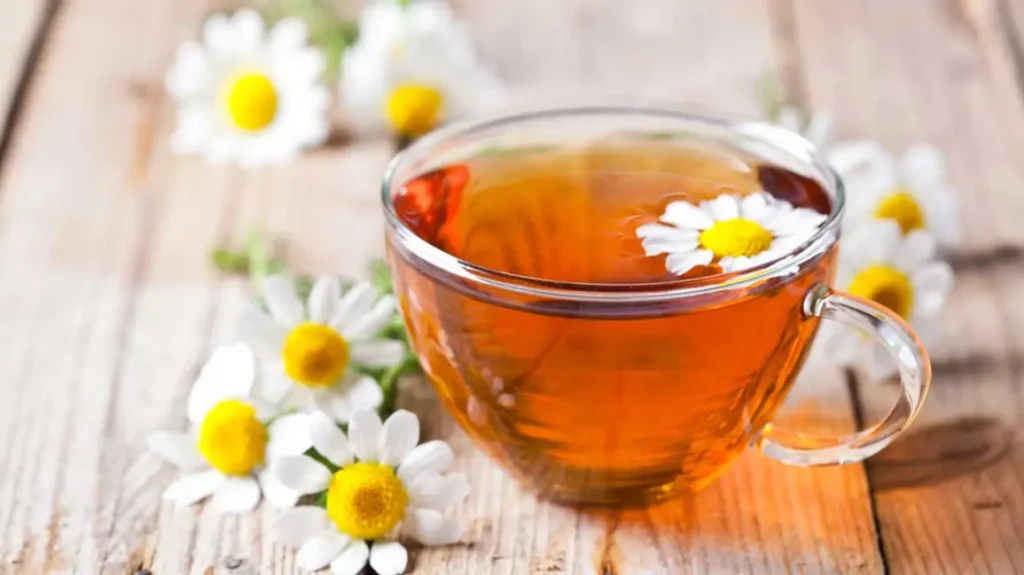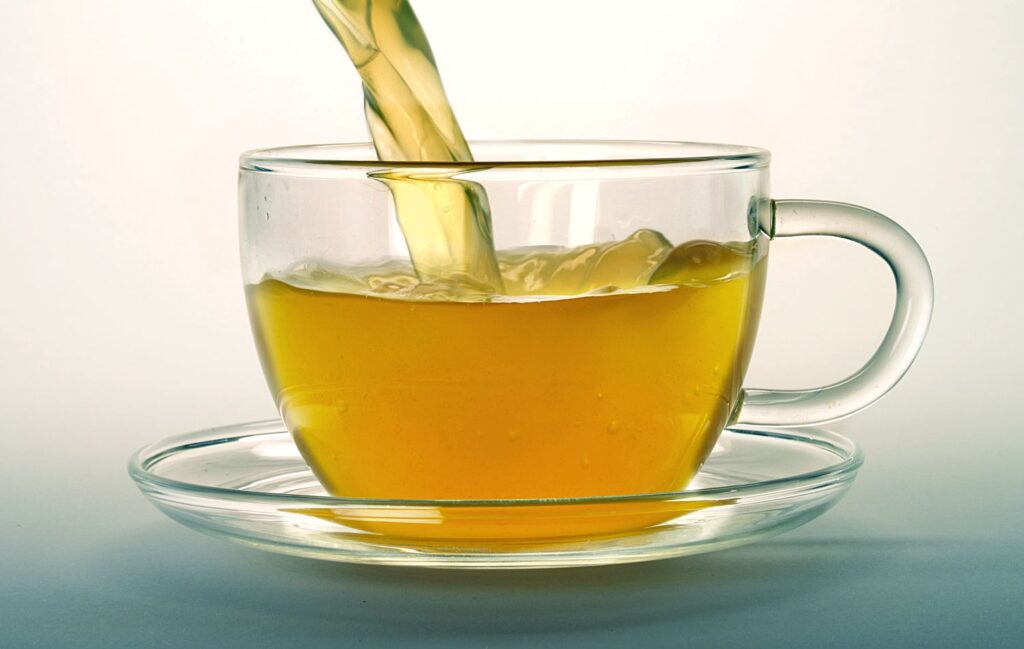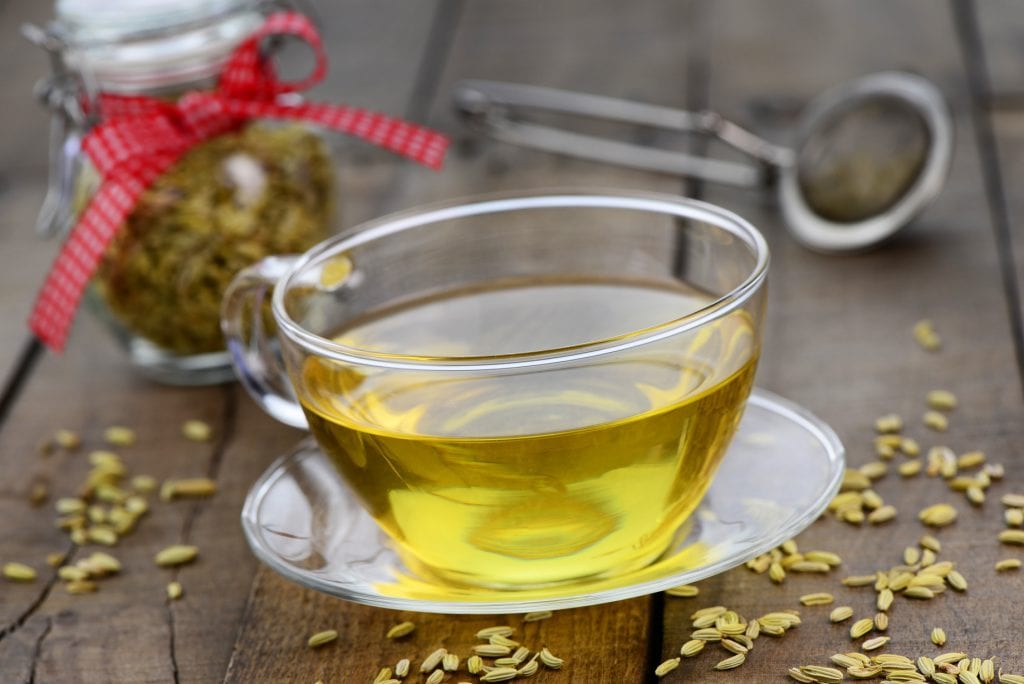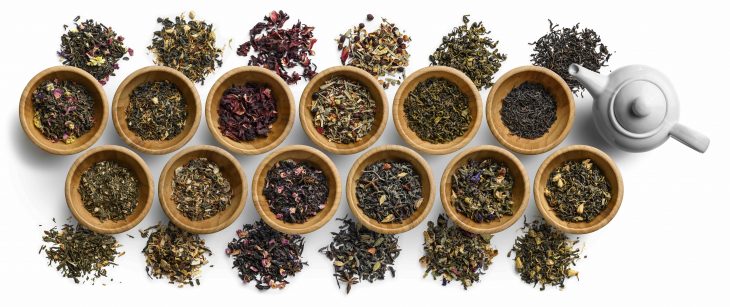Health is wealth ( Small changes, Big Impact )

One of India’s soul-energizers is “tea.” It is now more than simply a beverage; for many, it is a wake-up call. and it does indeed function flawlessly. Whenever you’re feeling down, brewing a cup of tea can help you stay motivated all day.
For good reason, tea has been consumed by people for thousands of years throughout the world. Several studies have demonstrated the potential health benefits of teas, including increased immunity, reduced inflammation, and even protection against cancer and heart disease.
There is a lot of data to suggest that drinking tea on a regular basis might have a long-lasting effect on your health, even though some varieties offer greater health benefits than others.
history
Origins in China 2737 BC: An ancient Chinese tale states that tea was discovered by Emperor Shen Nong when leaves from a wild tea tree blew into a pot of boiling water. The emperor chose to sip the infusion after becoming attracted by its pleasing aroma.
Early Uses: Tea was first primarily utilized as a therapeutic beverage. It was highly valued for its capacity to lessen weariness, facilitate better digestion, and improve general health.
Cultural Significance
Chinese Tea Culture
- Gongfu Tea Ceremony: This traditional Chinese tea ceremony emphasizes the skillful preparation and appreciation of tea, showcasing the deep cultural and historical roots of tea in China.
Japanese Tea Ceremony
- Chanoyu: The Japanese tea ceremony, also known as the Way of Tea, is a spiritual and meditative practice focusing on the preparation and consumption of matcha (powdered green tea). It emphasizes harmony, respect, purity, and tranquility.
Health Recognition
21st-century Health Recognition: Green tea’s health advantages, including its antioxidant qualities and ability to lower the risk of certain diseases, are well known. As a result, more people are drinking green tea, and a range of green tea-related goods, including supplements and beauty products, have been developed.
the History and cultural significance of green tea
Types of green tea
Tulsi

Tulsi Green Tea is a special blend of tulsi and green tea that enhances immunity in many ways. Tulsi helps to improve general health while green tea boosts the body’s natural defenses.
Lemon

Undoubtedly, one of the better-tasting green teas is lemon green tea. It has all the flavor of the lemon and all the health of conventional green tea. One of the greatest green teas for weight loss is this one.
Chamomile

In many regions of the world, chamomile green tea is commonly referred to as the herbal tonic. This delicious combination of nutrients has been shown to treat anxiety sufferers and treat sleep-related illnesses.
Cinnamon

Due to its many health benefits, including its abundance of vitamins, minerals, and antioxidants, cinnamon green tea has become more and more popular recently.
Ginger

Nothing relieves a sore throat faster than ginger green tea; the ginger helps reduce irritation in the throat while the hot tea helps relax it. Normally, individuals would make green tea and add ginger to it.
Fennel

For the past several years, fennel green tea has gained a lot of popularity due to its many health advantages. Due to its natural properties, fennel is used to cure illnesses such as conjunctivitis and colic.
some potential health benefits of having Green tea

Packed with antioxidants
Polyphenols: Rich in antioxidants known as polyphenols, tea, particularly green tea, can help lower inflammation and shield cells from harm.
High concentrations of a particular class of antioxidant called catechins are present in green tea, and they have a number of health advantages, including preventing cell damage.
Heart health
Lower risk of heart diseases: Tea drinking on a regular basis has been associated with a lower risk of heart disease. Tea’s antioxidants have the potential to reduce cholesterol and enhance blood vessel health.
Reduce Blood Pressure: Studies have indicated that tea’s flavonoids may have a hypotensive effect.
the History and cultural significance of green tea
Weight loss
Metabolism Boost: Green tea in particular is well-known for increasing fat burning and boosting metabolism, which makes it a favorite beverage among people trying to reduce weight.
Tea consumption has been shown to help decrease appetite, which may aid in weight loss.
mental health
Enhanced Brain Function: The amino acid L-theanine and caffeine in tea can enhance mental performance by fostering relaxation and boosting alertness and focus.
Decreased Risk of Neurodegenerative Diseases: Because tea contains antioxidants and anti-inflammatory agents, regular tea drinking has been associated with a lower risk of Alzheimer’s and Parkinson’s disease.
Cancer prevention
Research in this area is still lacking, however some studies indicate that tea’s antioxidants may help prevent several forms of cancer.
Digestive health
A few teas, such as peppermint and ginger tea, can help with digestion and ease the symptoms of nausea and indigestion.
Antibacterial Properties: A healthy balance of gut flora can be preserved by some teas’ antibacterial qualities.
Hydration
Despite the misconception that tea causes dehydration, it really adds to your regular fluid intake and keeps you well-hydrated.
Bone health
Research indicates that individuals who regularly consume tea may have greater bone density and a lower chance of fractures.
Lower risk of cavities for lower health
Tea includes fluoride and other ingredients that may help lower the risk of cavities and enhance oral health in general.
Antibacterial Effects: Some teas contain antibacterial qualities that can aid in reducing oral bacteria and preventing foul breath.
Immune support
Certain teas, such as echinacea, ginger tea and chamomile, are well-known for strengthening the immune system and helping to prevent colds and other ailments.
the History and cultural significance of green tea
which green tea is best for weight loss?
best green tea brands in india with great taste:
- Twinings. Photo source: Le Marche. …
- Lipton. Photo source: Big Basket. …
- 1868 By Tata Tea. Photo source: Tata Tea 1868. …
- Tetley. Photo source: Amazon. …
- Vahdam. Photo source: Vahdam. …
- Organic India. Photo source: Organic India. …
- Ty-phoo. Photo source: Amazon. …
- Goodwyn.
Does green tea reduce belly fat?
Numerous components of green tea, especially those that are found in the abdomen, can aid in fat loss, albeit it may not be a miracle cure. Green tea has been researched for its ability to help reduce belly fat. This is how green tea could be beneficial:
Important elements and their impact
Catechins
The most prevalent catechin in green tea is called epigallocatechin gallate, or EGCG. It has been demonstrated that EGCG increases fat oxidation and speeds up metabolism, which can help reduce body fat generally, including visceral fat.
Thermogenesis: Catechins can enhance the body’s ability to produce heat, assisting in the burning of additional calories.
caffine
Green tea contains caffeine, which has the ability to enhance energy expenditure and fat burning.
Synergistic Effect: Caffeine amplifies the fat-burning properties of green tea when paired with catechins.
Scientific Research
Medical research
Fat Reduction: According to certain studies, green tea extract can aid in the reduction of visceral fat, which is particularly dangerous and associated with a number of health problems. Visceral fat is accumulated around the organs in the abdomen
Weight Loss: Green tea has been shown to slightly but statistically significantly reduce body weight and fat mass in a meta-analysis of multiple research.
Realistic aspects
Consumption Amount: It’s usually advised to take a green tea extract supplement or drink two cups of green tea a day to get the fat-reducing advantages.
Timing: Green tea may burn fat more effectively if it is consumed before or during meals.
Dietary Balance and Exercise Synergy: Green tea functions best when incorporated into a balanced lifestyle. Consuming green tea in conjunction with a healthy diet and frequent exercise will reduce abdominal fat more effectively.
Caloric Deficit: In order to lose weight, you must consume fewer calories than you expend. Green tea is not a stand-alone remedy, although it can assist by boosting calorie expenditure and decreasing appetite.